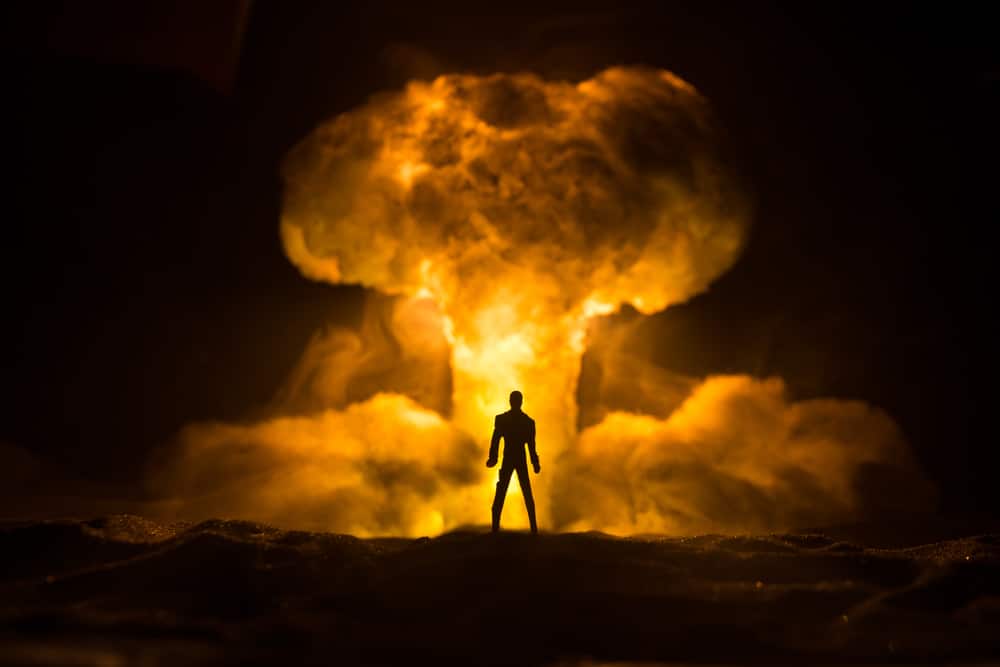(OPINION) At the height of the Cold War, President Ronald Reagan had the foresight to call upon the nation to support the Strategic Defense Initiative, later known as the “Star Wars” defense system, to protect the United States from a potential USSR missile attack.
According to Fox News, Due to fierce Democrat opposition, our nation never fully built out our missile defense capability and doubled down on nuclear deterrence. We have relied upon our adversaries’ fear that our nuclear weapons could destroy them to deter their use of nuclear weapons against us or our allies. The result has been that our cities and populace remain unprotected from a nuclear attack from Russia or China.
Today, China, Russia, North Korea and Iran continue to invest in technologies to expand their capabilities to hit the United States with nuclear weapons. All four countries have also escalated their threatening rhetoric, indicating their willingness to use nuclear weapons in a military conflict. By expanding their nuclear programs, each has made clear that our nuclear arsenal is no longer a deterrent to their potential use of nuclear weapons.
If deterrence is dead, then the concept of mutually assured destruction is obsolete, and comprehensive missile defense must be revisited as an essential capability to protect our citizens.
In 1983, Reagan was harshly criticized for his vision, yet in 2023 a layered missile defense system has proven cost-effective and de-escalatory, as demonstrated by the jointly produced and fully functioning U.S.-Israel “Iron Dome.”
More federal investments are needed to scale up existing capabilities in the United States to meet the threats from adversaries and rogue states. Unlike in Reagan’s era, threats are now omnipresent and coming from all directions.
In April 2020, Iran successfully launched its first military satellite into orbit. This was a demonstration of Tehran’s advancing capabilities signaling their continued efforts to develop an intercontinental ballistic missile (ICBM) that can transverse the Atlantic to reach our shores.
In the Pacific, North Korea continues to expand its missile program and has unveiled several new ICBM and anti-ship missiles in recent years, conducting over 90 launches in 2022 alone.
Near-peer threats present a more systemic challenge than attacks from rogue states. Russia’s ICBM force consists of 310 missiles that can carry upwards of 1,189 warheads. Recent assessments indicate the Russians have stockpiled up to 2,000 tactical nuclear weapons.
















